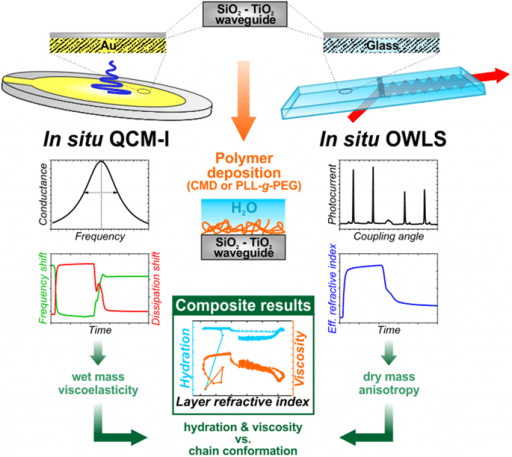The Principles of QCM-I
Quartz Crystal Microbalance with Impedance Analysis (QCM-I) and Dissipation Monitoring (QCM-D) The Quartz Crystal Microbalance is a well-established and sensitive technique used to measure the interactions of molecules, polymers and biological assemblies with a sensor surface, in air or liquid, label-free and in real time. It is based on the change in resonant frequency of […]

